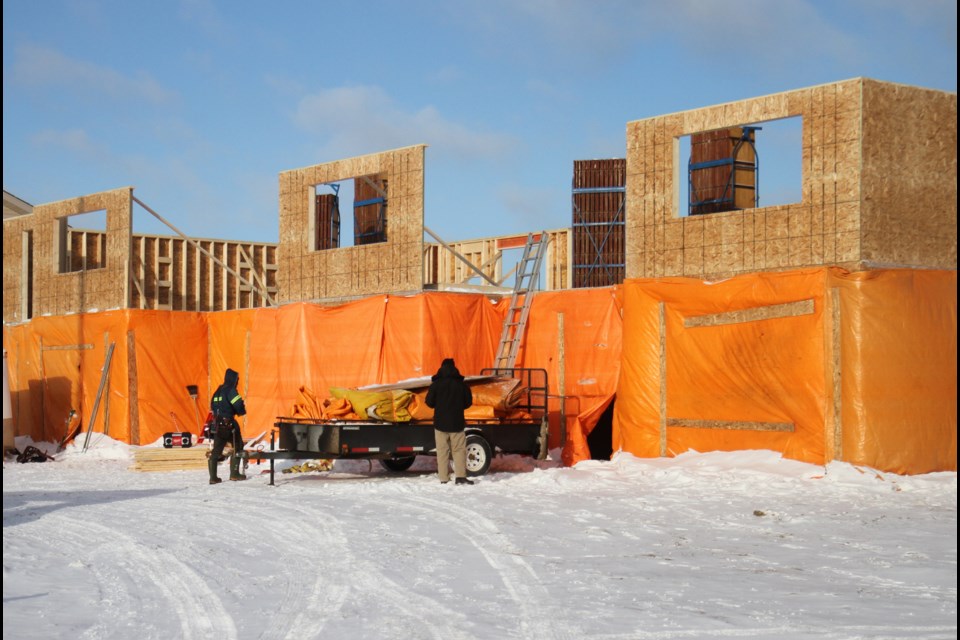THUNDER BAY — Of the 45,000 people living in Nishnawbe Aski Nation communities, more than 7,500 housing units are needed.
In an effort to address the ongoing crisis, NAN released its new housing strategy during the housing summit taking place in Thunder Bay this week.
“It was a three-year project bringing together communities and listening to their voices,” said Michael McKay, infrastructure and housing director with NAN.
“They really guided the work in developing this housing strategy. It is something we are proud of and it was definitely an honour and privilege working with communities launching this strategy. It is rooted in local solutions, which is good to see.”
The NAN Housing Strategy was part of a resolution adopted by the NAN Chiefs-in-Assembly in 2018. Over the last three years, housing assessments were conducted among the 49 NAN communities to determine housing needs and developing action plans based on community specific needs.
A lack of adequate housing has resulted in many communities facing overcrowding in existing houses or people being forced to leave their home community.
“I think that is the case for many community members, that there is no homes available and many times they are forced in a situation where they have to leave their home communities and come to different locations and try to secure housing,” McKay said.
McKay said the strategy seeks to create community self-determination for housing, with NAN providing support and advocacy.
“The goal, we are really supporting community’s self-determination of creating their own housing system,” he said. “How the strategy works is to provide those tools and resources to help them with developing their own housing system. Hopefully, if there are community housing plans and infrastructure plans, they are able to get to it, but we are there to assist them and providing those tools.”
Some of the solutions developed as part of the strategy include communities working collaboratively with one another to bring adequate housing to remote areas of the north.
“Some of the solutions we talked about was how communities can work together,” McKay said. “As an example, in the same winter corridor, bulk purchasing or preparing of applications to funding programs.”
But challenges do remain, particularly when it comes to funding, geography, and infrastructure needs.
According to McKay, several communities have successfully received supports from the Canada Mortgage and Housing Corporation Rapid Housing Initiative to address issues of overcrowding in homes and a lack of housing.
“Many communities are accessing that, but we have to tell those stories about what those challenges are for them,” McKay said. “In the NAN territory, we have about 33 to 34 remote First Nations only accessible by air and winter road for two months. Those programs need to realize those challenges and that it’s not as simple as trucking materials up to those communities.”
Other challenges include a lack of infrastructure, such as serviceable lots for housing, which was revealed in a report prepared by NAN on housing and infrastructure needs.
The report also determined that the immediate need for housing units in the NAN territory is 7,588.
“That suggests the immediate need, not five years or 10 years down the road. That is the immediate need right now,” McKay said.
“A number of groups need to do their part and working together. The purpose of that report was for NAN to be able to advocate on behalf of the communities and advocate to the government that this is what the immediate need is and for infrastructure.”
